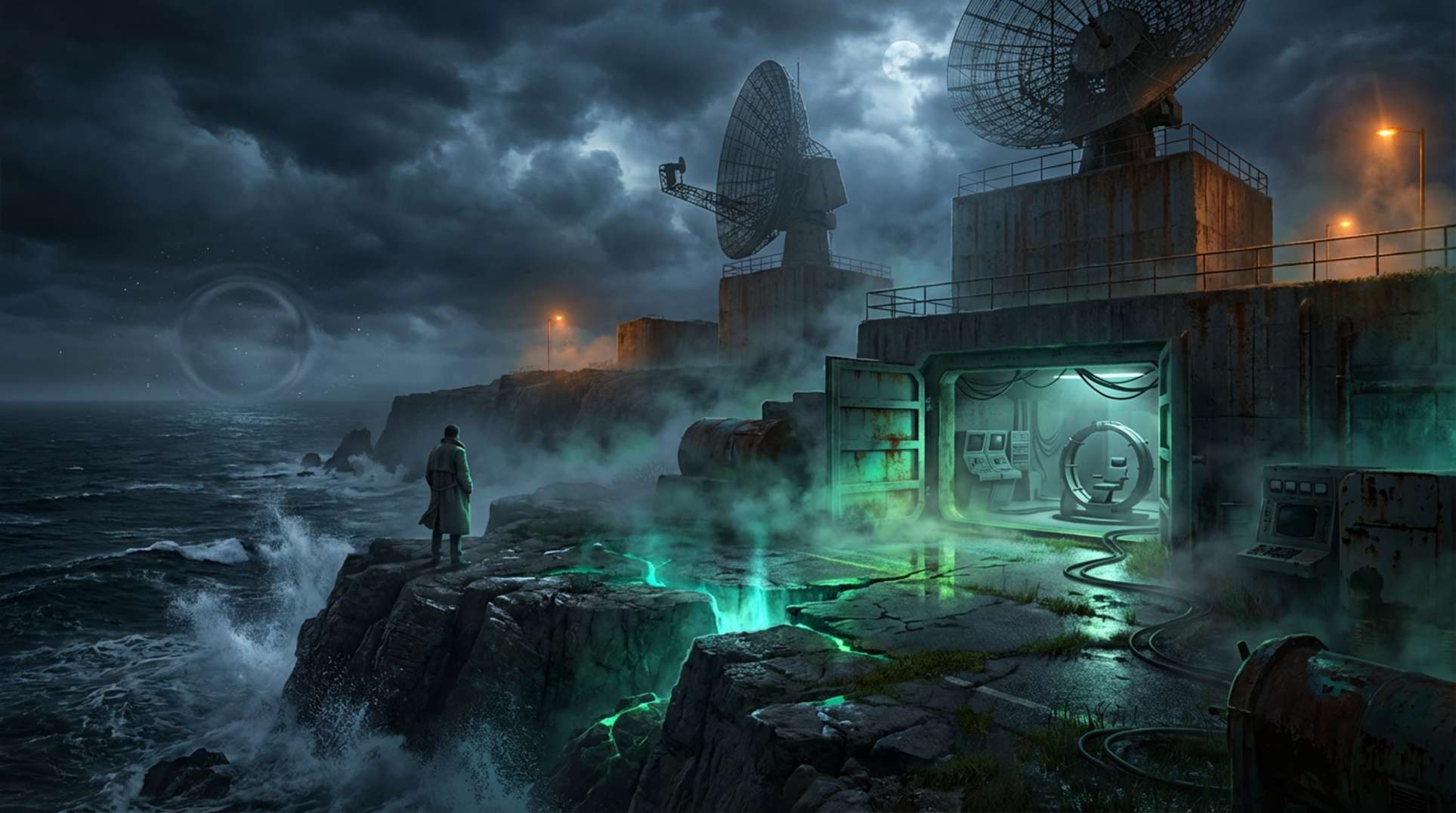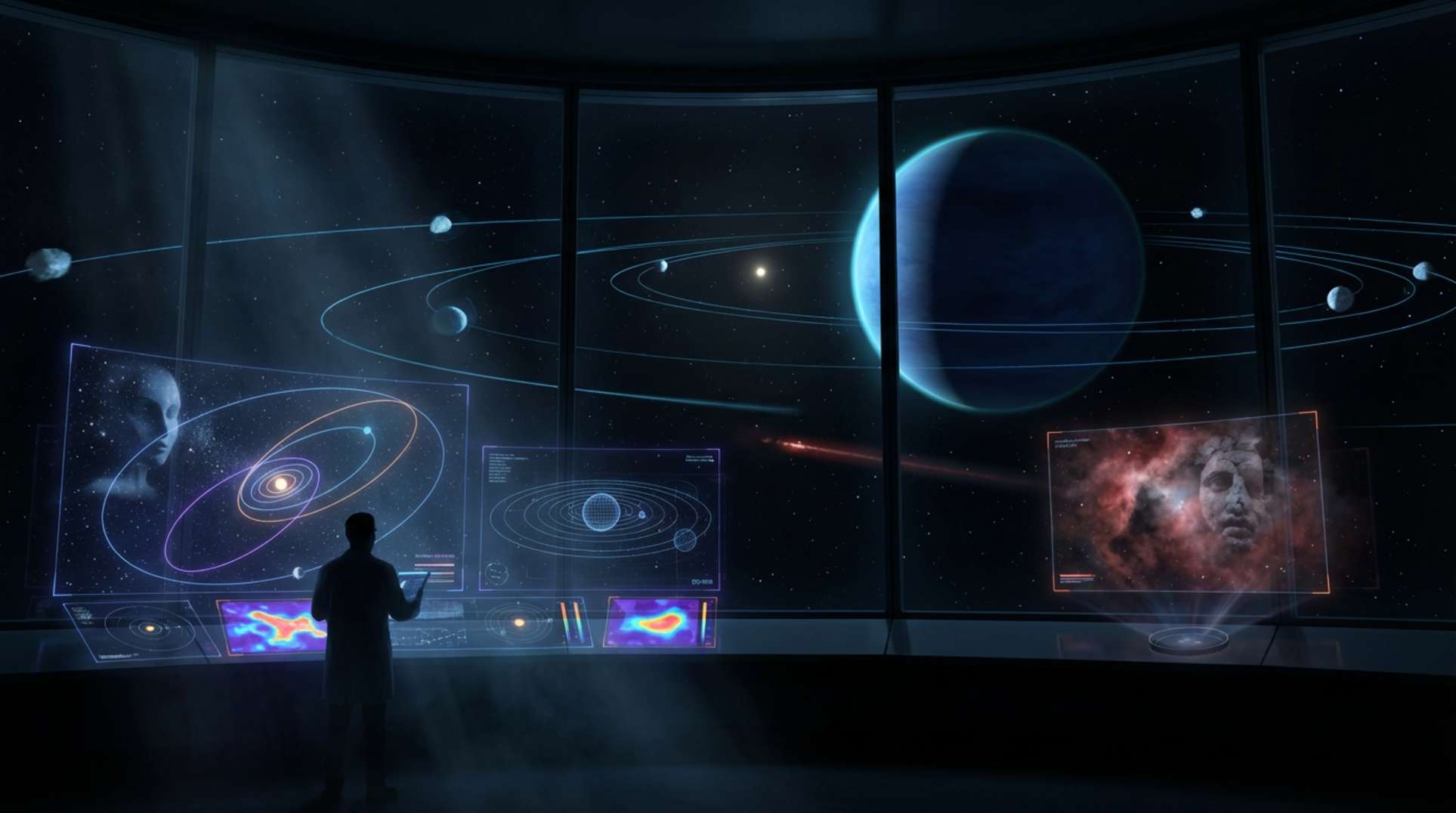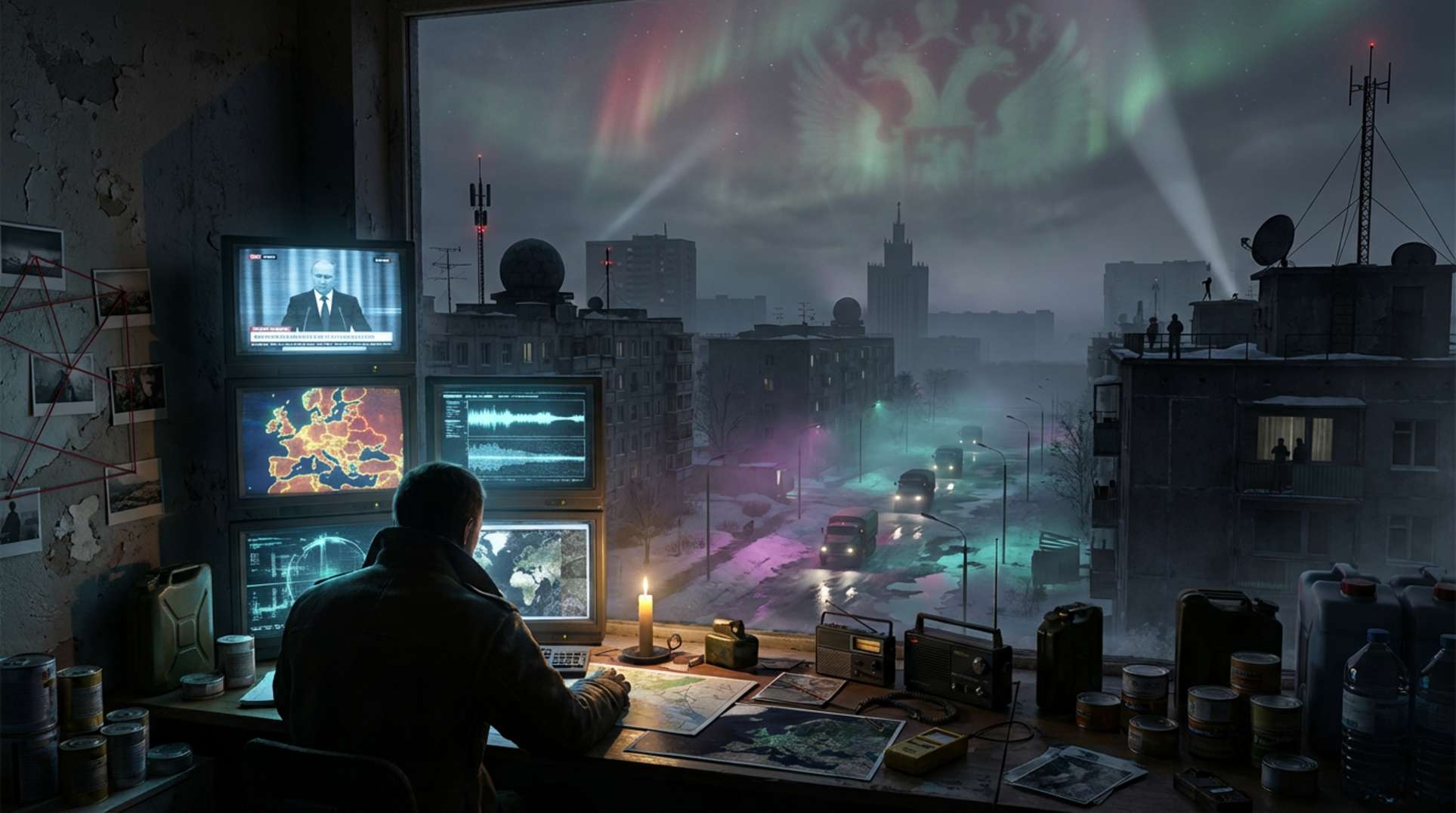Key Takeaways
- Camp Hero, known as Montauk Air Force Station, operated as a real Cold War radar site from the 1950s until its 1981 decommissioning and transfer to New York State Parks.
- Witnesses like Preston B. Nichols and Al Bielek have described underground experiments at Montauk involving mind control, time travel, and psychic amplification, with links to the 1943 Philadelphia Experiment.
- No declassified documents confirm these exotic claims, but consistent testimonies, local reports of odd phenomena, and Cold War secrecy create unresolved mystery.
- The Montauk legends inspired elements of Stranger Things, which shifted its setting from ‘Montauk’ to Indiana but retained themes of secret labs and psychic experiments.
- Official narratives describe the site strictly as a defense installation, while alternative accounts highlight patterns in witness stories that echo known covert programs like MK-Ultra.
Key Threads Behind the Montauk Legends
Montauk believers paint a picture of a hidden world beneath a quiet radar station: secret bunkers buzzing with experiments that bent minds, time, and reality itself. Camp Hero, or Montauk Air Force Station, stands as a verified piece of Cold War history—a radar site active from the 1950s until its decommissioning and handover to New York State Parks in 1981. Yet, starting in the 1980s and 1990s, figures like Preston B. Nichols and Al Bielek stepped forward with accounts of underground programs delving into mind control, time travel, psychic enhancement, and ties to the infamous 1943 Philadelphia Experiment.
No declassified files or solid artifacts back these bolder assertions. Still, the blend of documented military secrecy, persistent local sightings of strange events, and overlapping details in multiple testimonies opens a space official stories haven’t sealed shut. This article approaches both the records and the reports with the gravity they deserve, sifting through what’s known and what’s whispered.
Beneath the Radar Domes at the End of the World
Picture the easternmost tip of Long Island, where the Atlantic crashes against jagged cliffs under a veil of fog. Here sits Montauk Air Force Station, once called Camp Hero—a sentinel of coastal defense and radar surveillance through World War II and the Cold War. Decommissioned in 1981 and reborn as Camp Hero State Park, it’s now a place for hikers and birdwatchers, but the rusting radar dishes and abandoned towers whisper of something unfinished.
Fenced-off areas still guard secrets, locals speak of eerie hums echoing from the ground, and tales persist of sealed bunkers lurking below the surface. This haunted landscape, where military precision met the wild unknown, birthed legends that refuse to fade. It’s no accident that Stranger Things, originally conceived under the title ‘Montauk,’ drew from this very soil—shifting its lab to Indiana but keeping the chill of hidden experiments and otherworldly breaches.
What Witnesses, Researchers, and Experiencers Describe
Preston B. Nichols, an electrical engineer who positioned himself as an insider, brought the Montauk Project into focus with his 1992 book ‘The Montauk Project: Experiments in Time.’ Drawing from what he called recovered, repressed memories, Nichols outlined a program that ramped up in the late 1960s and 1970s. At its heart: a ‘Montauk Chair’ in a Camp Hero bunker, built to boost psychic powers and manifest thoughts into tangible forms.
These efforts, per Nichols and his circle, grew from mind control and conditioning into wilder territories—time manipulation, dimensional contact, weather control, and portals that occasionally unleashed entities or ‘strange beasts.’ Al Bielek added layers, claiming a past life as ‘Ed Cameron’ born in 1916, with direct involvement in the 1943 Philadelphia Experiment. He framed Montauk as an evolution of that wartime invisibility test, pushing boundaries into time-warping tech.
Stewart Swerdlow and other voices from the community recount being pulled in as young subjects—children or teens subjected to trauma-driven mind control, psychic drills, and journeys through portals or to distant worlds. The fallout: shattered memories and ongoing turmoil. Broader lore weaves in Nazi scientists from Operation Paperclip, alien tech, invisibility schemes, and even Mars excursions. Researchers note recurring elements across these accounts: hidden labs, machine-linked psychics, tight secrecy, and the idea that the radar station masked a bolder agenda. These threads, far edgier than fiction, fed into Stranger Things’ portrayal of lab-bound kids and dark realms.
Timelines, Paper Trails, and the Pieces We Can Actually Touch
Camp Hero’s documented role as a Cold War radar and defense outpost runs from the 1950s to 1981, when it passed to New York State Parks. Official records hold firm on that. But the Montauk narrative introduces forks in the road, blending verifiable events with claims that veer off the map.
In 1948, the U.S. government eyed Camp Hero for an animal disease lab, only to scrap it amid local pushback and build on Plum Island instead—hinting at unconventional research floated for the area. Nichols pins exotic gear installation to the late 1960s, diverging from the radar-only script. The Philadelphia Experiment, lore’s starting gun, lands on August 12, 1943, denied by the Navy but pivotal in Bielek’s and Nichols’ timelines.
Nichols’ book hit shelves in 1992, a decade post-closure, pulling scattered rumors into a unified tale. Bielek’s ‘Ed Cameron’ birth in 1916 underscores the story’s reliance on alternate lives, clashing with public records. Here’s a snapshot of the key dates to track the overlaps and voids:
| Date | Event |
|---|---|
| 1943 | Philadelphia Experiment lore (August 12, denied by U.S. Navy) |
| 1948 | Proposed animal disease lab at Camp Hero, abandoned and moved to Plum Island |
| 1950s–1981 | Documented operations as radar surveillance and coastal defense site |
| Late 1960s | Alleged installation of exotic equipment in underground bunker (per Nichols) |
| 1981 | Official decommissioning and transfer to New York State Parks |
| 1992 | Publication of Nichols’ book ‘The Montauk Project: Experiments in Time’ |
The Official Story and the Shadow Cast Just Beyond It
Government and military accounts frame Montauk Air Force Station as nothing more than a WWII and Cold War radar outpost—no mind games, no time jumps, no psychic tech at Camp Hero. New York State Parks echoes this, presenting the site as a straightforward public space with no buried secrets active today.
Mainstream sources, from Wikipedia to local archives, file the Montauk Project under unproven tales or folklore, citing zero backing documents for the wilder elements. Skeptics highlight timeline glitches, like Bielek’s conflicting identities, and the absence of relics such as the alleged ‘Montauk Chair’ or lab remnants.
Yet proponents push back: black-budget ops don’t advertise, and history shows mind control efforts like MK-Ultra stayed hidden until leaks forced partial admissions. Local oddities—lights, hums, restricted zones—get chalked up to old gear by officials, but investigators read them as echoes of something deeper. Stranger Things spun this into pop culture gold, blending psychic kids and shadowy labs in a way that softens the edges but spotlights the concepts. So, does missing paperwork end the debate, or do these echoed testimonies and covert precedents point to radar as mere cover for greater ambitions on Long Island’s fringe?
What Still Hides Under Camp Hero—and Why the Story Refuses to Die
We’ve got solid ground on Montauk as a key radar and defense hub, wrapped up in 1981, and that fleeting 1948 plan for a disease lab that went elsewhere. The full Montauk Project saga, though, coalesced later through Nichols, Bielek, Swerdlow, and their peers—post-closure books and talks shaping a narrative of extreme experimentation.
The unverified core—bunkered labs, psychic chairs, portals, time shifts, off-world trips, entities—rests on testimonies and pieced-together memories, not files or finds. Questions hang: Why the matching details from separate sources on trauma, training, and hidden spaces? Might advanced radar or electronic tests have sparked these interpretations? Or is the paper silence a hallmark of ultra-secret work?
Stranger Things brought it to the masses, but the raw discourse thrives in books, raw interviews, and probes that test history’s edges. If you’re drawn deeper, check investigations like those from Rob Counts and The Metaphysical—keep your wits sharp, spot the patterns. Ultimately, Montauk challenges us: was it just a station shrouded in myth, or a glimpse into a mind war kept from view? The Cold War’s shadows remind us how much stays buried.
Frequently Asked Questions
The claims rely on testimonies from witnesses like Preston B. Nichols, Al Bielek, and Stewart Swerdlow, who describe consistent themes of underground experiments, mind control, and portals. No declassified documents or physical artifacts confirm the exotic elements, but local reports of strange phenomena and parallels to known programs like MK-Ultra add layers of intrigue. Official records only verify the site’s radar role, leaving the rest in the realm of personal accounts and patterns.
According to lore from Bielek and Nichols, the 1943 Philadelphia Experiment—involving alleged time-warping and invisibility—was a precursor to Montauk’s programs. The U.S. Navy denies the experiment ever happened, and no hard evidence links it to Camp Hero. Still, witnesses frame Montauk as an expansion of that research, highlighting overlaps in themes of time manipulation and covert tech.
Stranger Things drew inspiration from Montauk tales, originally titled ‘Montauk’ before moving to Indiana. It incorporates elements like secret labs, psychic children, mind control, and portals to other dimensions, echoing claims from Nichols and others. The show presents a fictionalized, toned-down version that has helped bring these ideas into mainstream awareness without confirming or debunking the original accounts.
Officials describe Camp Hero as a decommissioned radar site now managed as a state park, with no secret activities. They attribute local reports of hums or restricted areas to decaying infrastructure. Mainstream sources view the project claims as unverified folklore, pointing to a lack of supporting documents.
The story endures due to consistent witness testimonies, Cold War secrecy, and unanswered local anomalies that official narratives don’t fully explain. Echoes in pop culture like Stranger Things keep it alive, while known covert programs raise questions about what might remain hidden. It resonates with those tracking patterns in high-strangeness reports and government experimentation.




